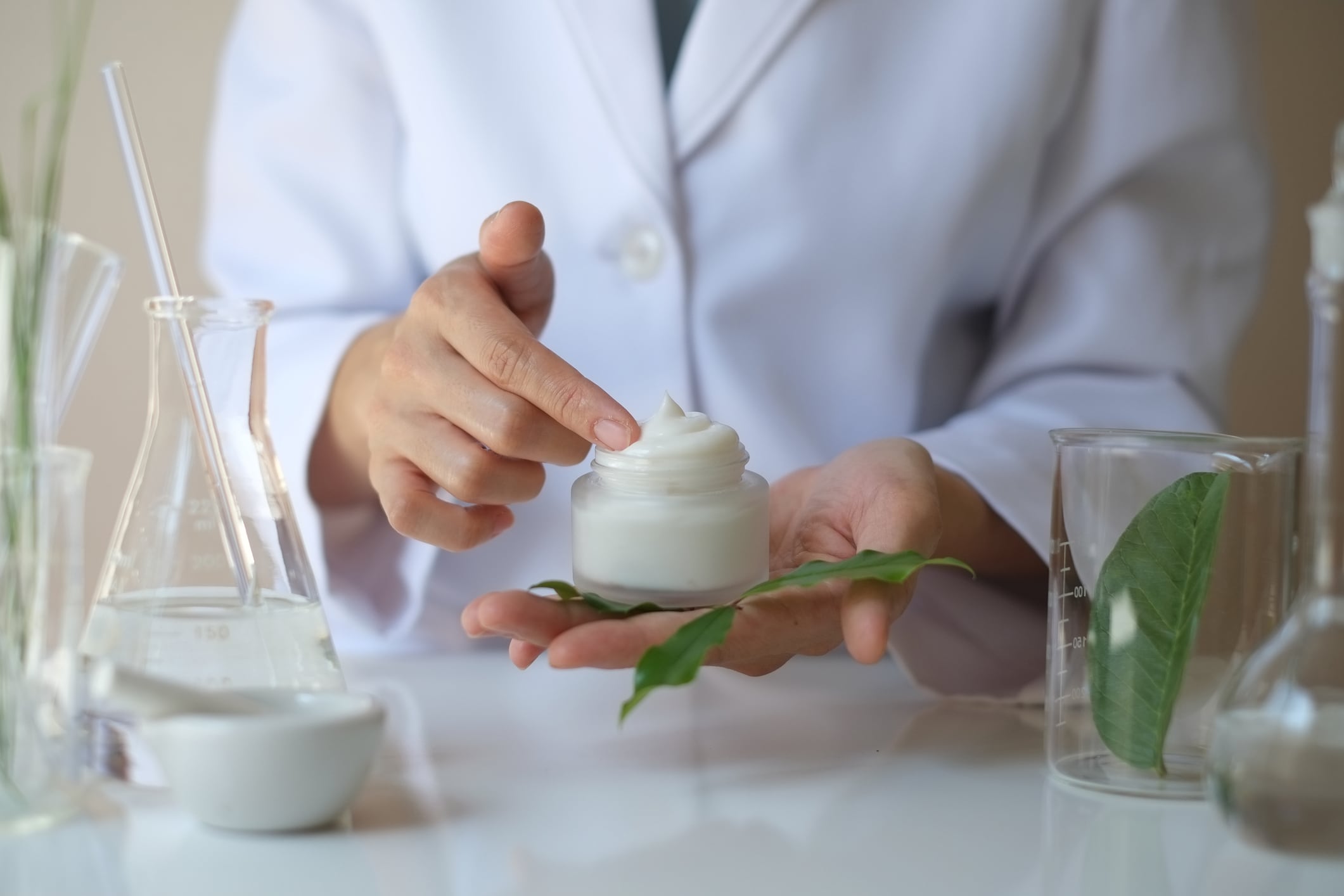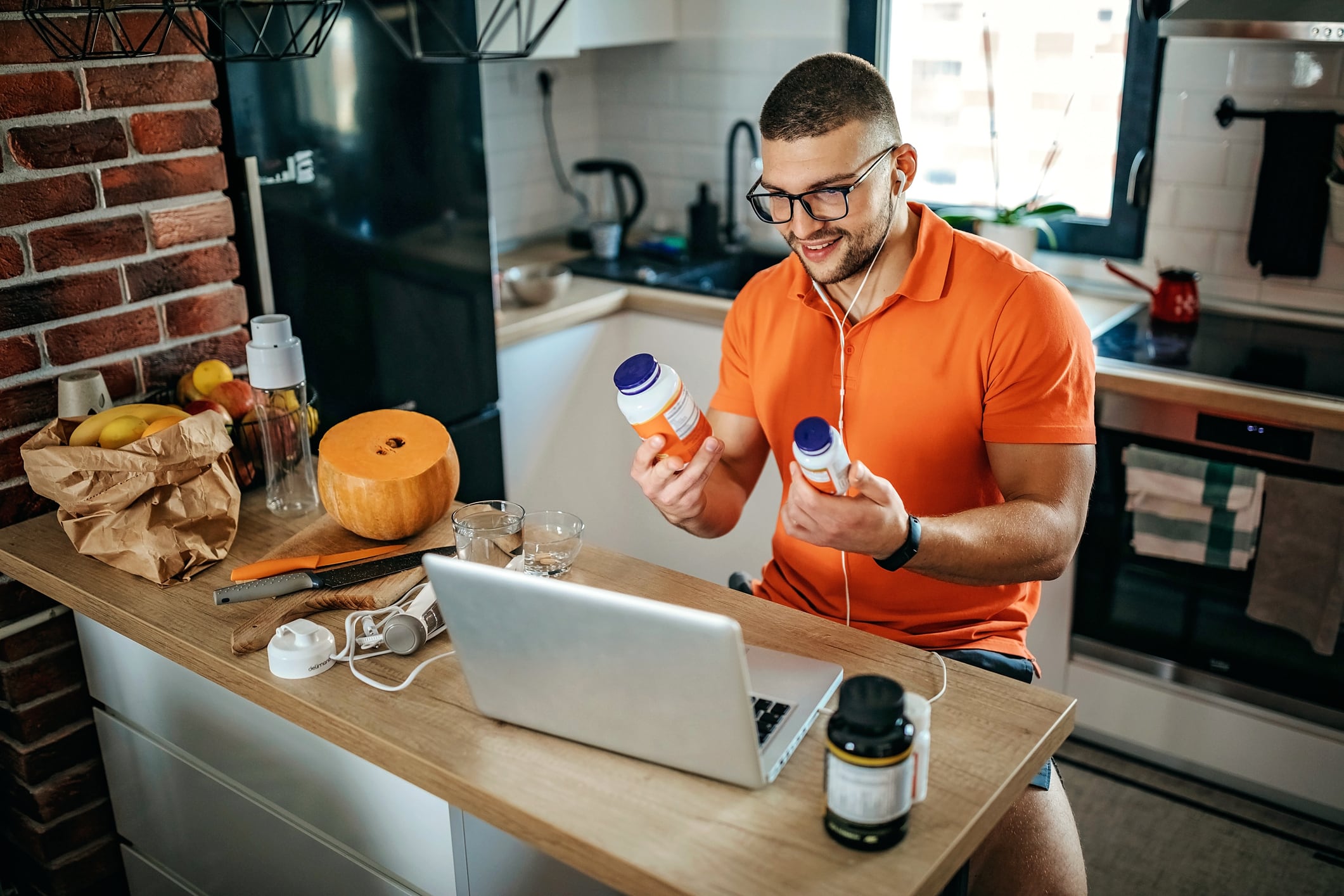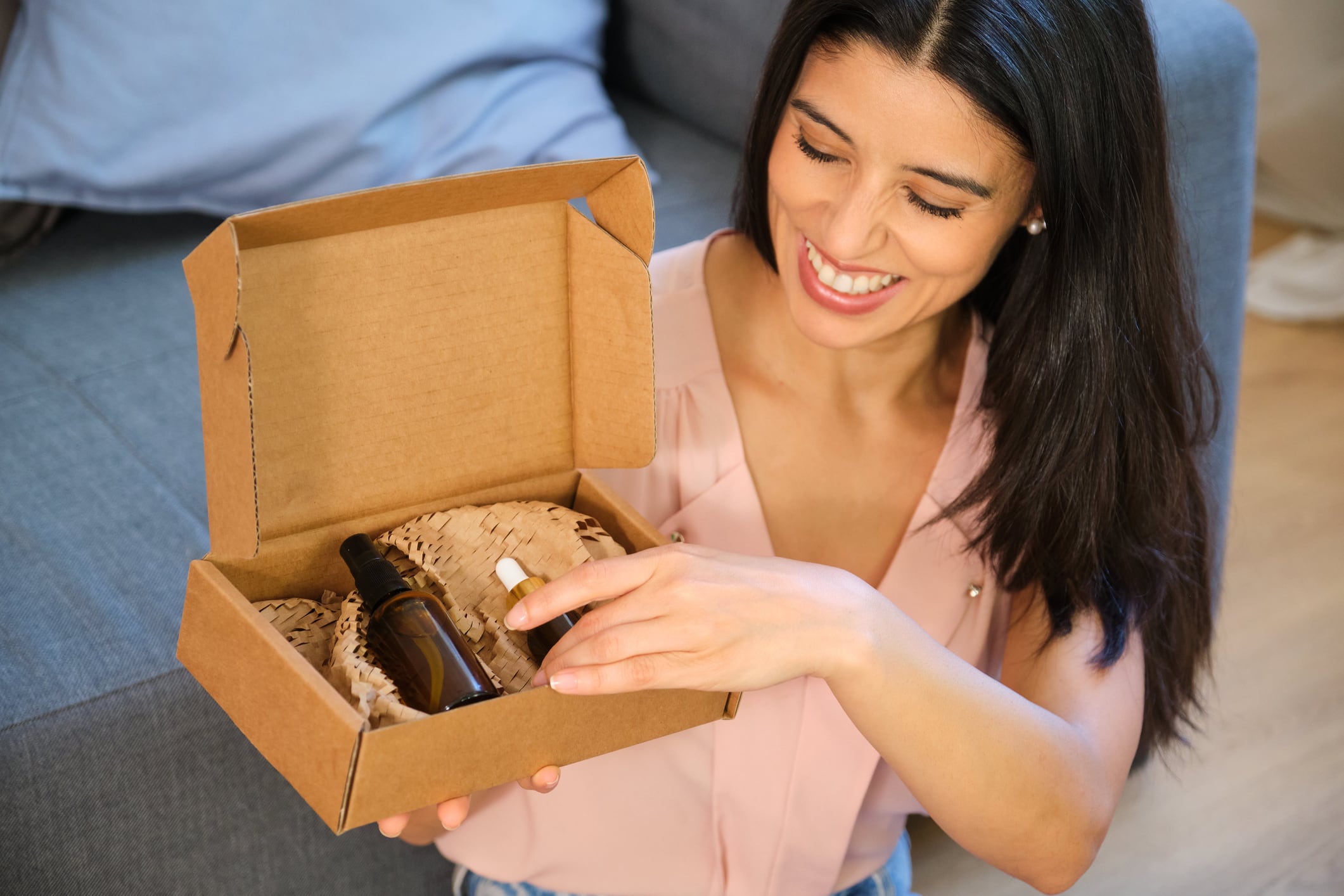We’ve rounded up five new studies that could shape the future of skin care product development.
Topical DHA and EPA has pro-resolution effects on skin inflammation
Extensive research shows DHA and EPA have pro-resolution effects on skin inflammation, barrier function and wound healing.
The investigative study, which was funded by multinational FMCG company Unilever, has reviewed a range of studies, including internal Unilever research and data, PubMed/Medline studies and Google searches.
The research encompassed over 55,000 articles published between 1857 until 2025 investigating the role of omega-3 polyunsaturated fatty acids, specifically DHA and EPA, in actively resolving skin inflammation.
The study focused on the pro-resolution mechanisms, across in vitro (cell-based experiments), in vivo (animal models and clinical assessments), and human trials.
The researchers said they aimed evaluate the potential of DHA and EPA as natural, bioactive ingredients in cosmetic formulations to reduce inflammation, enhance barrier integrity, and promote skin recovery.
The team noted that skin injury by severe trauma or pathogens, UV exposure and personal care activities like shaving, can lead to the release of proinflammatory chemical mediators resulting in acute skin inflammation, signs of which can include redness, heat, swelling and pain, and loss of function.
The research team noted that this initial response “is needed to contain the inflammation and protect the host and is characterised by activation and recruitment of leucocytes that need to remove cellular debris from the site of inflammation.”
However, they explained that this inflammation needs to be resolved to prevent the inflammation from spreading or becoming chronic, as chronic inflammation can lead to disease, and that this active pro-resolution process involves chemical mediators released by the cells which help the skin return to homeostasis.
Polyunsaturated fatty acids (PUFAs), especially n-3 PUFAs, like DHA and EPA, naturally found in the cell membrane in the form of phospholipids, ensure skin is able to properly resolve inflammation and repair damage.
Red orange and tropical fern supplement offers photoprotection
A combination supplement containing red orange extract and Polypodium leucotomos (a tropical fern from Central America) may protect the skin from UV-induced redness and boost overall tolerance to sun exposure.
Writing in the journal Nutrients, a team of university researchers explored the efficacy of eight weeks of supplementation with a Lumina365-branded supplement developed by Slovenia-based Tosla Nutricosmetics.
“The most exciting finding was the significant decrease in redness development, demonstrated through objective, measurable results,” said Uroš Gotar, chief innovation officer at Tosla.
“A reduction of 46.2% was observed 24 hours after UVB exposure, indicating that Lumina365 enhances the skin’s resilience against sun-induced redness, reducing inflammatory response from the outset.”
Microencapsulated curcumin shows skin health potential
Daily supplements of a microencapsulated curcumin extract may improve skin health from within, according to data from a new clinical study.
Six weeks of supplementation with Lubrizol’s Curcushine-branded microencapsulated curcumin extract was associated with reductions in wrinkle depth and fewer signs of aging and skin oxidation, according to data published in Agro FOOD Industry Hi Tech.
“The study shows a significant decrease in wrinkle area, reduction of redness and brown spots and a clear trend towards improved skin luminosity, homogeneity and reduced oxidative stress,” wrote scientists from Lubrizol Nutraceuticals and Lipotec S.A.U. in Spain. “This positions [Curcushine] as an efficient nutricosmetic ingredient capable of improving skin appearance and mitigating signs of aging.
“The observed benefits of [Curcushine] are likely due to the reduction of ROS and modulation of collagen synthesis. Therefore, Curcushine microcapsules can be considered a beneficial nutraceutical ingredient that improves skin when included in a standard diet.
Grapefruit and rosemary supplement offers UV photoprotection
New research highlights the synergistic power of grapefruit and rosemary extracts in shielding the skin from UV damage and accelerating recovery from sunburn.
According to a study, published in the International Journal of Molecular Sciences, an extract combination marketed as Nutroxsun significantly reduced UV-induced erythema (skin redness) after a single dose, with signs of recovery starting within 24 hours post-UV exposure.
Findings from the randomized controlled trial showed that supplementation inhibited the secretion of matrix metalloproteinases (MMP-1 and MMP-3), which degrade collagen and elastin, thereby helping preserve extracellular matrix integrity. In UV-irradiated fibroblasts (NHDFs), collagen and elastin secretion increased, counteracting UV-induced reductions. There was also a dose-dependent reduction of oxidative stress markers IL-1α, IL-6, and IL-8 in UVB-exposed keratinocytes.
Nutroxsun is manufactured by Spanish ingredient supplier Monteloeder by Suannutra, which funded the study.
Study links infant lotion use to paraben exposure
“This study supports the hypothesis that universal exposure to parabens extends to infants... of the predictors evaluated, lotion use in the last seven days was the strongest predictor of exposure in one-to-three-month-olds,” the researchers wrote.
A recent biomonitoring study published in the Journal of Exposure Science and Environmental Epidemiology has found that lotion use is a strong predictor of paraben exposure in young infants, raising new concerns about personal care product safety for this vulnerable population.
The study, characterized by its authors as the “first paper to report paraben levels and evaluate predictors of exposure in infants,” analyzed urinary biomarkers in infants at one to three months and again at 12 months to assess paraben levels and identify potential sources of exposure.





